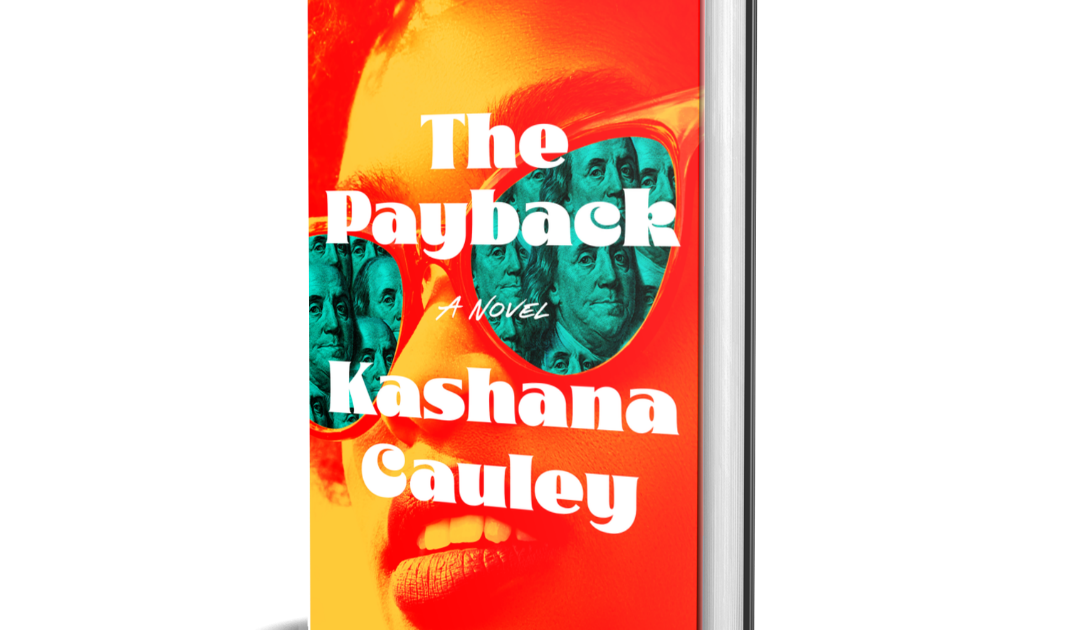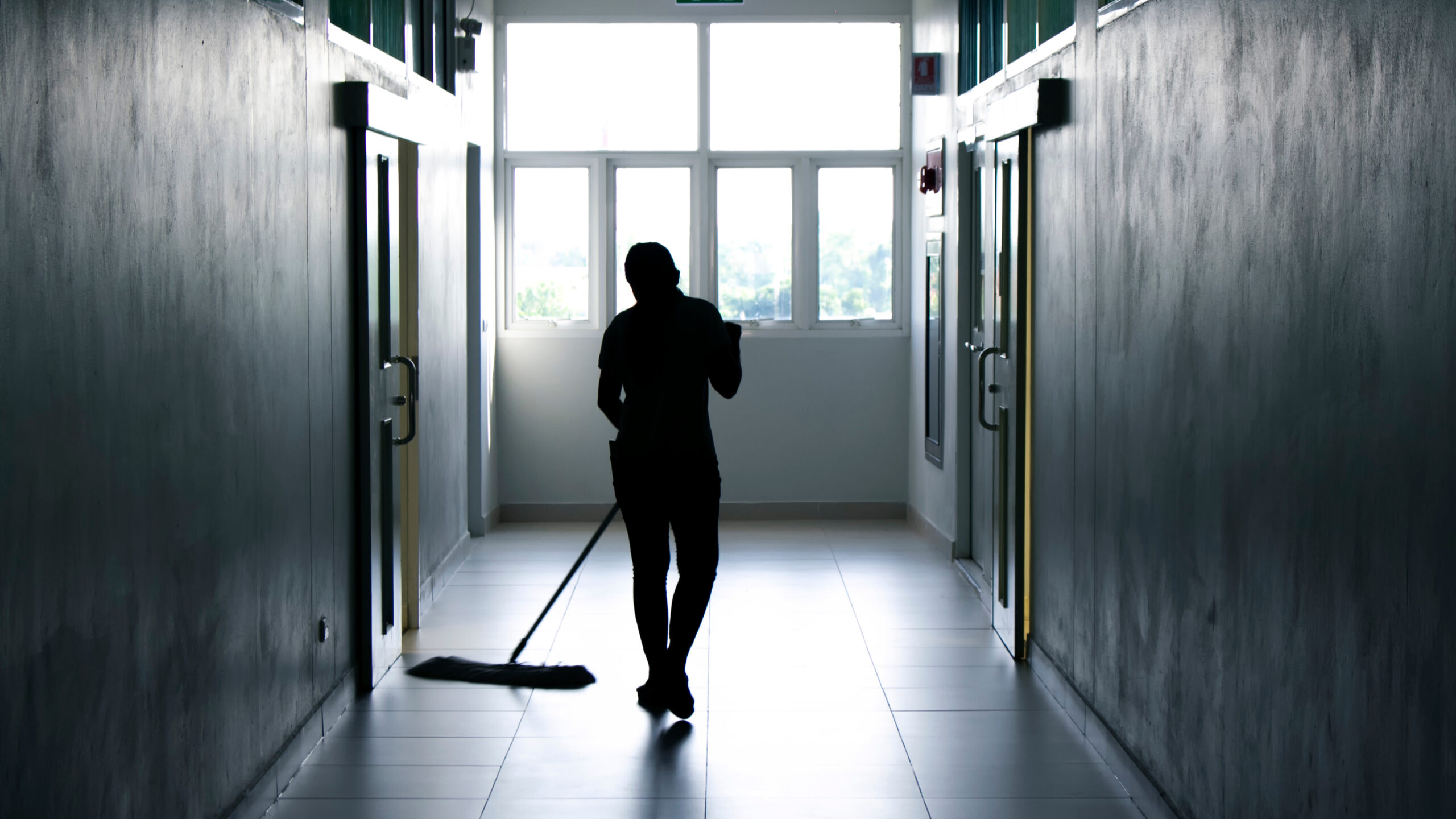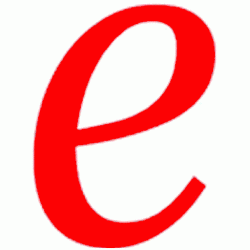Inclusivity and feelings of psychological safety in the classroom should not be reserved solely for K-12 learning environments. Students in higher education also deserve nurturing spaces that focus on utilizing their personalized strengths and needs to foster increased academic and social development. A costly misconception is that pedagogical approaches in higher education must be lecture-based and teacher-led. Instead, it is an educator’s responsibility to design cooperative learning structures that facilitate comfort and collaboration regardless of grade level. These practical techniques will develop critical thinking and problem-solving abilities by creating intentional opportunities to enhance social and communication skills. The fundamental question becomes: How can educators plan for and deliver instructional content that is relatable and meaningful?
According to a recent survey by Salesforce (2022), just 12% of college students felt a strong sense of belonging in their institutions. Feelings of disconnection from their peers and institutions persisted after students returned to campus from remote learning during the COVID-19 pandemic. To address this dismal response to education, we must promote inclusive and respectful learning environments that foster engagement, motivation, and active discourse.
Purposeful Application to Teamwork
A practical and successful strategy is to design performance tasks using cooperative learning structures deliberately. Aside from promoting positive interdependence and individual accountability, students participate equally through simultaneous interactions. These actionable, collaborative strategies help educators navigate their role as facilitators, guiding and responding rather than lecturing and directing.
In an undergraduate education course, I establish a positive tone by holding morning meetings at the start of every class. The intention is to incorporate short, structured routines that foster community, address social-emotional needs, and transition students to the day’s lesson. Purposefully, I provide opportunities for students to connect and practice the social skills necessary to participate in rigorous critical thinking and problem-solving tasks. The goal is to elicit positive peer interactions and foster a sense of belonging and trust where students consider multiple perspectives and actively engage in an inclusive and receptive learning environment.
To enrich their classroom experience, I align cooperative learning structures with the lesson outcomes, ensuring that 21st-century, real-world content tasks are purposeful and authentic. Motivated by intentional opportunities for collaboration, students actively process information in favorable conditions that are both supportive and stimulating.
Unlike group work, cooperative learning activities are highly structured, with defined roles, steps, and time limits. With transparent directions, every student knows exactly what to do. Another key difference is that these structures promote built-in accountability and equal participation, requiring everyone to contribute through regular interaction and processing.
When considering a teacher’s pedagogical content knowledge, eliciting student feedback is paramount. Responding to end of course surveys, student reflections highlight the importance of the affective domain through several emerging pivotal themes. Students emphasized the significance of engaging, inclusive, and supportive learning environments. This aligns with findings from the literature, which posits that allowing students to apply course content in innovative and engaging ways fosters a deeper understanding and a heightened sense of ownership in learning (Singha & Singha, 2024). Given these findings, creating a classroom community through collaboration increases motivation and encourages students to develop their critical thinking skills and analyze problems more effectively.
Some students conveyed appreciation for interactive, relational, and consistently structured learning experiences. One student communicated, “I felt heard, valued, and important in this class… everyone truly has the opportunity to openly share without judgment.” These emotional and interpersonal experiences support long-term learning and boost goal-directed behaviors.
Another key theme was the acknowledgment of active, collaborative, and applied learning activities. One student articulated the need for relatable, real-world, authentic tasks, stating, “My favorite activity was creating videos to connect with the assignments in class.” This reflection highlights the notion that students in higher education value opportunities that enable them to transition from passive consumers of information to active participants in the learning process (Ribeiro-Silva et al., 2022). Moreover, recent research supports the implementation of faculty professional development programs focused on active learning instruction and engaging students in college classrooms (Park & Xu, 2024).
Implications for Faculty
To design assignments that work and adopt a reflective framework in your own instruction, consider implementing the following practices:
- Set Clear Learning Objectives: Ensure students understand what they are expected to accomplish during collaboration. Cooperative learning is most effective when aligned with specific outcomes, especially those that require higher-order thinking (analysis, synthesis, and application). Identify what students should know, do, or be able to explain by the end of the activity.
- Design Purposeful and Flexible Groups: Keep it interesting and diversify student groups. Avoid simple tasks that can be done individually—design work that fosters interdependence and leverages diverse perspectives. Create tasks that are complex enough to require collaboration (e.g., solving a case study, evaluating evidence, or designing a project).
- Structure Group Roles and Expectations: Assign roles based on instructional content to ensure equal participation and engagement among group members. Structured roles promote engagement and accountability. Rotate roles to ensure individual accountability and contribution.
- Monitor and Support Groups in Real Time: Circulate during group work, check for understanding, and intervene as needed to guide discussion or clarify misconceptions. Guide communication, active listening, respectful disagreement, and group decision-making. Active monitoring shows students their work matters and allows faculty to model and scaffold skills often.
- Encourage Metacognition: Provide opportunities for students to reflect on their group work experiences and the processes involved. Reflection reinforces academic content and collaboration skills.
By implementing collaborative techniques, faculty can motivate students to apply content knowledge that will prepare their future success in relatable, real-world contexts and encourage the development and maintenance of the interpersonal skills necessary for lifelong learning. Furthermore, by refining our pedagogical practices, we can foster a more robust society with confident, culturally competent, and self-aware leaders of tomorrow.
Final Reflections
Former U.S. Secretary of Education Miguel Cardona quoted the African proverb, “If you want to go fast, go alone. If you want to go far, go together.” University settings often overlook effective pedagogical approaches that incorporate collaboration, limiting opportunities for meaningful learning experiences that enhance understanding, sustain motivation, and spark intellectual curiosity. By designing, facilitating, monitoring, and evaluating inclusive learning spaces, we can contribute to a sense of belonging and bring joy back into the classroom.
Dr. Ana Figueroa is an assistant professor of education at the University of Tampa and the Lead Instructor of the Education Foundations and Human Exceptionalities courses in the undergraduate program. Her research interests include differentiated instruction, progress monitoring, teacher mindset, and highly effective instructional strategies. She champions equitable instruction for all learners.
References
Kagan, Spencer, and Miguel Kagan. Kagan Cooperative Learning. San Clemente, CA: Kagan Publishing, 2021.
Namahoe, K. (2022, April 15). Secretary Cardona’s 6 Pathways Forward in Education. ascd.org. December 29, 2024, https://ascd.org/blogs/secretary-cardonas-6-pathways-forward-in-education
Park, Elizabeth S., and Di Xu. “The Effect of Active Learning Professional Development Training on College Students’ Academic Outcomes.” Journal of Research on Educational Effectiveness 17, no. 1 (December 20, 2024): 43–64. https://doi.org/10.1080/19345747.2022.2151954.
Ribeiro-Silva, Elsa, Catarina Amorim, José Luis Aparicio-Herguedas, and Paula Batista. “Trends of Active Learning in Higher Education and Students’ Well-Being: A Literature Review.” Frontiers in Psychology 13 (April 18, 2022). https://doi.org/10.3389/fpsyg.2022.844236.
“Salesforce,” October 6, 2022. https://www.salesforce.com/news/stories/higher-education-statistics-trends-2022/.
Singha, Ranjit, and Surjit Singha. “Educational Innovation Transforming Higher Education for Workforce Readiness.” Advances in Higher Education and Professional Development, January 29, 2024, 37–55. https://doi.org/10.4018/979-8-3693-0517-1.ch003.










